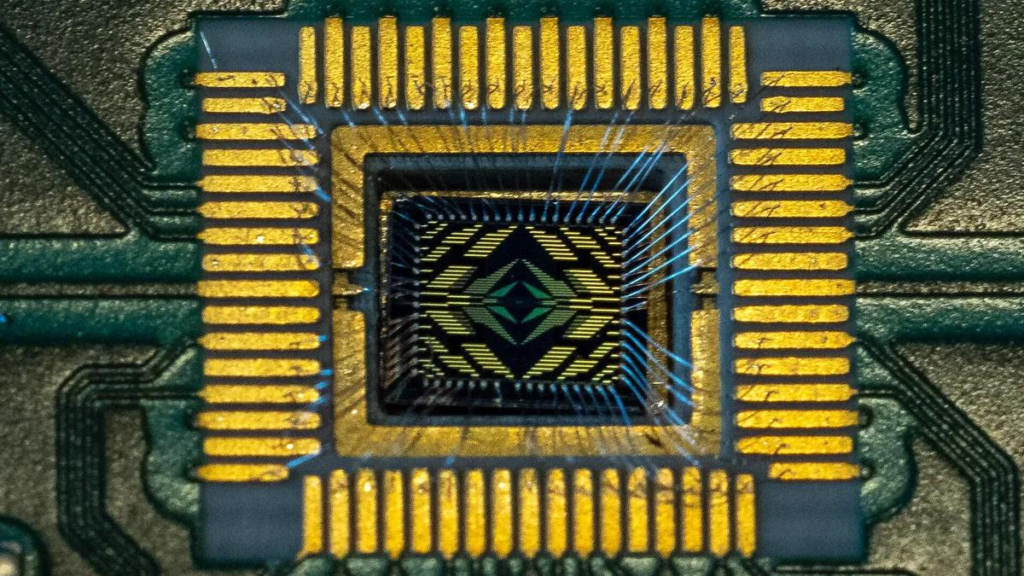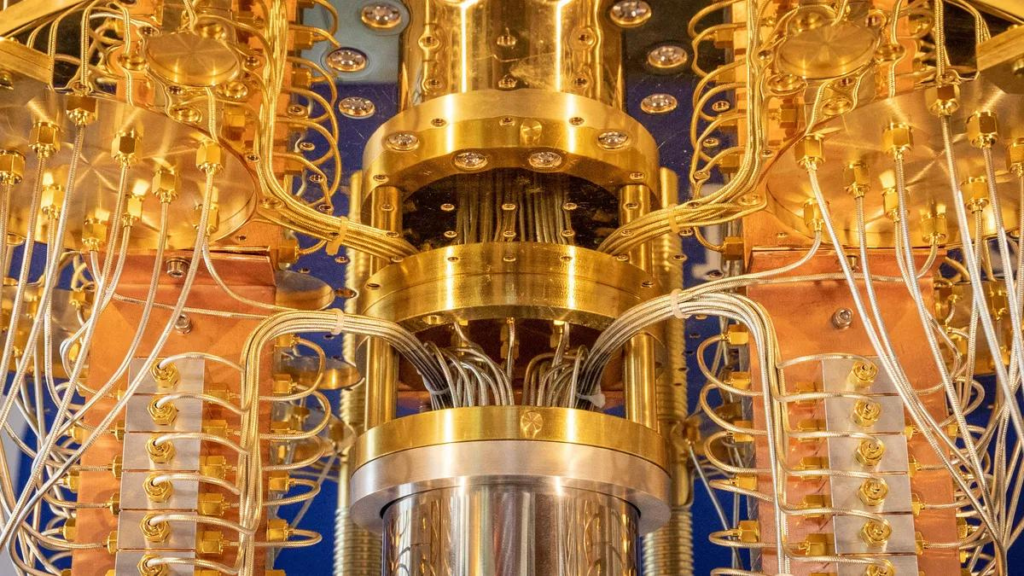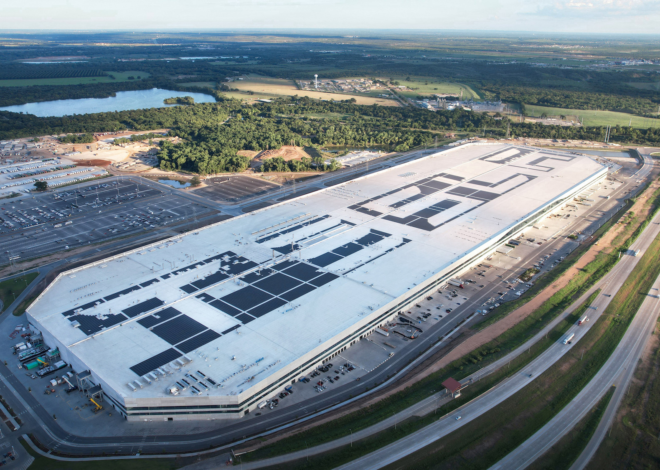
Intel Plans a Quantum Computing Approach to Leapfrog Rivals
Intel hopes its quantum computing approach will be suitable to leapfrog rivals
The chip manufacturer is currently working on a follow-up to its Tunnel Falls quantum processor. In the coming years, quantum computing will revolutionize a variety of industries, including battery technology, finance, and artificial intelligence (AI).

In the rapidly evolving domain of quantum computing, the number of qubits utilized for data processing is undeniably significant. However, it’s important to recognize that qubit quantity isn’t the sole factor determining success. Intel, for its part, has adopted a strategic vision that focuses on maintaining a close alignment with traditional computing principles. This approach is poised to deliver substantial long-term benefits, particularly by enabling the development of quantum systems with increasingly large qubit capacities.
Also Read “Huawei’s (Kirin 9000S) New Mystery 7nm Chip from Chinese Fab Defies US Sanctions“
Intel has a lot of work to do in quantum computing when compared with its competitors, which is evident when evaluating its progress. However, Intel is harboring ambitious plans to not just catch up but to surge ahead. Their strategy revolves around developing quantum computer processors that possess the eventual capacity to unlock the full potential of quantum computing in a variety of groundbreaking applications.

These applications range from revolutionizing material development for batteries and solar panels to making fertilizer production more cost-effective, optimizing financial investments, enhancing waterproof clothing, and even the somewhat daunting task of potentially breaking today’s encryption methods. Quantum computing also holds promise for artificial intelligence, where it can speed up AI-related tasks greatly.
The foundation of quantum computing lies in the peculiar world of ultrasmall particles. Unlike conventional computers, which store data in bits, each representing a zero or a one, quantum computers employ qubits. As a result of a phenomenon called superposition, these qubits possess the unique property of being able to exist simultaneously in a state of zero and one. Quantum computers are also capable of entangling multiple qubits, allowing them to work together in a coordinated manner in order to accelerate certain computations.
Also Read “A UK microchip company, Arm, plans to sell its shares in the United States“
However, qubits are notoriously sensitive to external influences that can disrupt their computations. One approach to mitigate this challenge involves grouping multiple physical qubits into a single, larger error-corrected qubit that maintains stability for a longer duration. Nevertheless, implementing error correction in quantum computers necessitates even more qubits.
As Greg Lavender, Intel’s Chief Technology Officer, pointed out, achieving practical quantum computing workloads requires scaling up to millions of qubits and millions of error-correcting qubits. While it’s still too early to declare victory, analysts like James Sanders from CCS Insight see promise in Intel’s approach. Leveraging decades of manufacturing expertise to build qubits around silicon holds substantial potential, although whether it will ultimately lead the market remains uncertain.
Quantum Computing quality first, scale later
While Intel’s competitors have already unveiled quantum machines boasting dozens of qubits, Intel is not resting on its laurels. At the recent Intel Innovation event, Rich Uhlig, Director of Intel Labs, showcased the Tunnel Falls quantum processor, which currently houses 12 qubits. However, Intel is actively working on a follow-up quantum processor.
When asked about the qubit count of the upcoming processor, Uhlig remained tight-lipped, stating, “I won’t say how many. The quality is more important than the number for us.” Intel seems to prioritize performance over quantity in terms of its qubits, ensuring that it delivers high-quality results and outpaces competitors by its capabilities, not just by its qubit count alone.
Intel processor updates
A 300mm silicon wafer adorned with Tunnel Falls processors accommodates a total of 24,000 qubits, as demonstrated by Intel’s Chief Executive, Pat Gelsinger, during his recent keynote address. However, this number is somewhat theoretical, as Intel acknowledges the need for significant improvements in qubit quality. These enhancements encompass enhancing the reliability of qubit operations, bolstering connectivity between qubits within the processor, and, in the future, addressing error correction.
Intel is also actively developing advanced technology to manage these qubits, employing its Horse Ridge processor. This task is intricate due to the requirement for quantum processors to operate at extremely low temperatures, while also managing the waste heat generated.
Also Read “Windows and Surface chief Panos Panay is leaving Microsoft“
Furthermore, testing quantum computing products presents its own set of challenges, as it necessitates extended cooling periods. In response to this, Intel has devised a device capable of simultaneously testing thousands of processors under cold conditions to expedite hardware development.
Many kinds of qubits
While conventional computers rely on a single method involving the use of transistors etched into silicon crystal wafers, the development of quantum computers presents a vastly different landscape. Various companies are currently exploring a multitude of distinct approaches to constructing quantum computers. Quantum computing remains uncertain as of this point, and it is also unclear if multiple approaches will ultimately succeed.
IBM, Google, and the startup Rigetti Computing have shown interest in superconducting qubits, which are small circuits meticulously cooled to a fraction of a degree above absolute zero. On the other hand, IonQ and Quantinuum favor ion traps, a method involving electrically charged atoms moved for interactions that are slower but more dependable. Some other companies are experimenting with electrically neutral atoms or photons, which are particles of light.
However, Intel has taken a distinctive route by opting for a technique closely related to its traditional microprocessor manufacturing, which is already its core expertise. This approach utilizes electrons confined within silicon chips and leverages a quantum mechanical property known as spin to record the state of the qubit.
Intel’s CEO, Pat Gelsinger, highlighted this approach in a recent speech, stating, “We’re the only company working on silicon qubits, using the same process and materials we’re already using tweaking them a little bit to create leading-edge qubits. If we get this working, we can do this at scale.”
Based on the expectations of Intel’s Chief Technology Officer, Mike Sanders, spin qubits could become an important component of quantum computing by 2030. According to Sanders, there will be technology that surpasses current quantum computing methods, such as gold ion trap qubits that are superconducting.
Intel is aiming to lead in quantum computing by focusing on quality over quantity when it comes to qubits. They’re developing silicon-based qubits for their processors and prioritizing performance. While competitors have more qubits, Intel believes that superior quality will make a difference in the long run. They’re also working on error correction and cooling technology for practical quantum computing applications.













